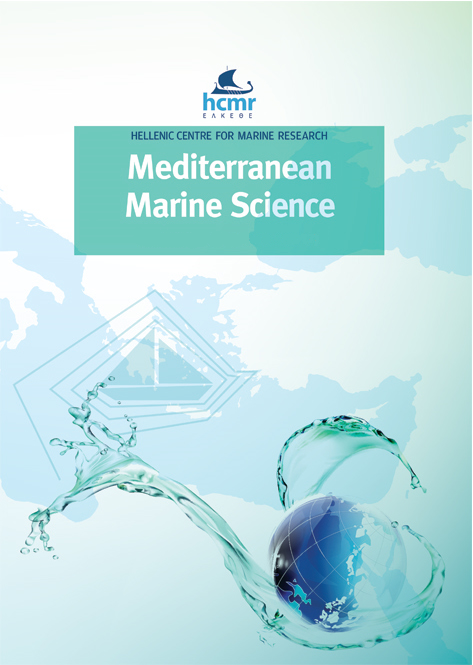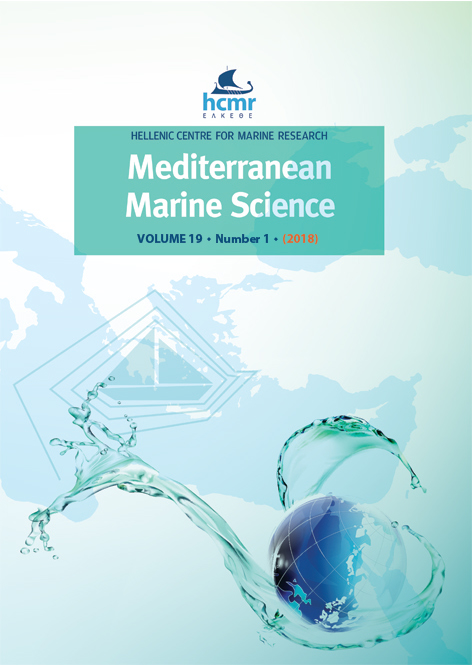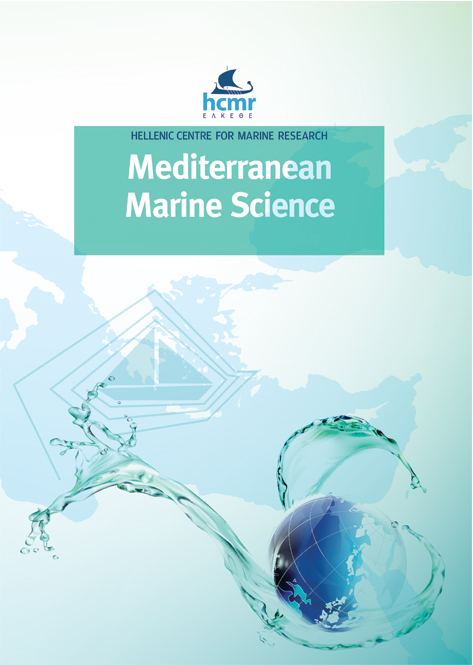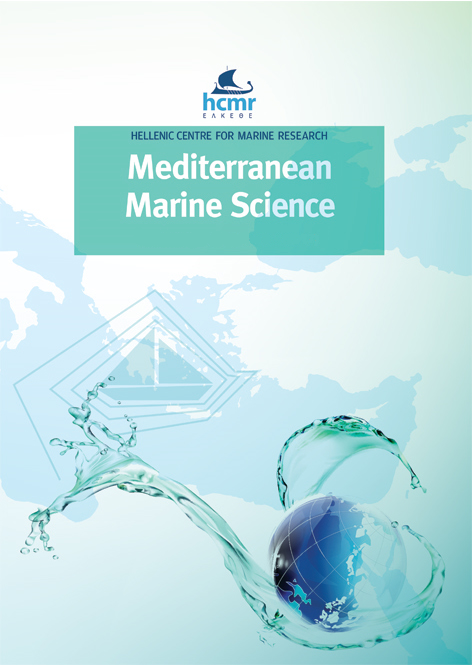Pre-Lessepsian isotopic niche spaces: using paleoecological proxies to assess the impact of ongoing bioinvasions on fishes in the eastern Mediterranean Sea

Abstract
Ongoing bioinvasions of Lessepsian species via the Suez Canal have profoundly altered marine coastal ecosystems in the eastern Mediterranean. In response to these Lessepsian migrations, some indigenous fishes have been observed to have widened their trophic niches and diversified their foraging strategies. Effects of invasive taxa are further compounded by modern anthropogenic drivers such as overfishing, habitat degradation, and pollution. The scale and characteristics of these recent changes in trophodynamics for broader ichthyofaunal communities are poorly understood due to a lack of data predating Lessepsian migrations; paleoecological data is, therefore, essential. Here, we present a substantial body of new carbon (δ13C) and nitrogen (δ15N) isotopic data from Middle to Late Holocene archaeological fish collagen (n=137), combined with previously published results (n=44) to establish paleoecological baselines for the region. An emphasis is placed on groupers (Epinephelidae) due to their high ubiquity in Mediterranean archaeological contexts and importance to rocky reef ecosystems today. We demonstrate that modern, indigenous Mediterranean fish have expanded their trophic niches beyond their pre Lessepsian migrations baseline foraging ecology. Paleo data further show that fishes in middle and lower trophic levels have the highest degree of overlap in isotopic niche spaces, suggesting greater levels of competition for trophic resources. Our study highlights the importance of integrating data from historical ecological baselines into our assessments of bioinvasions and, more broadly, anthropogenically driven ecosystem alterations.
Article Details
- How to Cite
-
WINTER, R. M., DESIDERÁ, E., GUIDETTI, P., VON TERSCH, M., DEE, M., ALEXANDER, M., & ÇAKIRLAR, C. (2025). Pre-Lessepsian isotopic niche spaces: using paleoecological proxies to assess the impact of ongoing bioinvasions on fishes in the eastern Mediterranean Sea. Mediterranean Marine Science, 26(3), 504–514. https://doi.org/10.12681/mms.40039
- Section
- Research Article
Authors who publish with this journal agree to the following terms:
- Authors retain copyright and grant the journal right of first publication with the work simultaneously licensed under a Creative Commons Attribution Non-Commercial License that allows others to share the work with an acknowledgement of the work's authorship and initial publication in this journal.
- Authors are able to enter into separate, additional contractual arrangements for the non-exclusive distribution of the journal's published version of the work (e.g. post it to an institutional repository or publish it in a book), with an acknowledgement of its initial publication in this journal.
- Authors are permitted and encouraged to post their work online (preferably in institutional repositories or on their website) prior to and during the submission process, as it can lead to productive exchanges, as well as earlier and greater citation of published work (See The Effect of Open Access).








